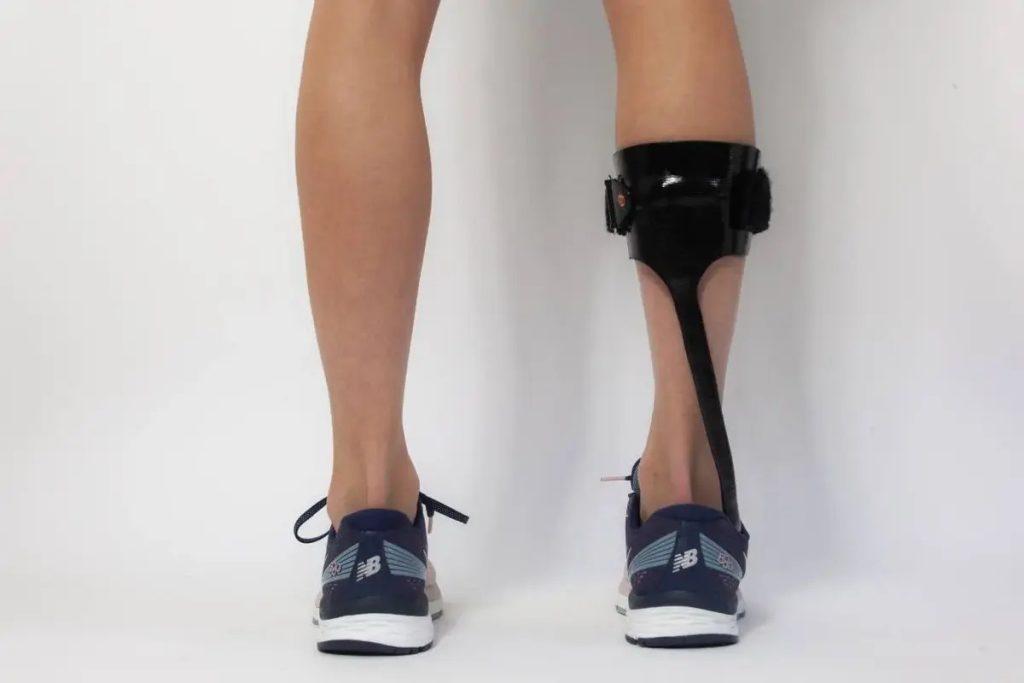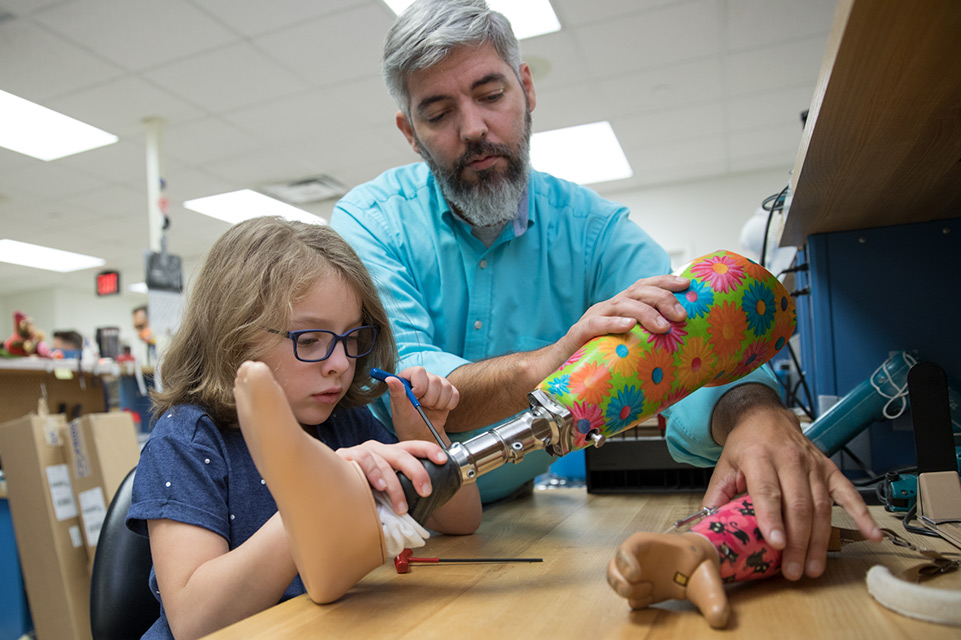The Wide Range Of Prosthetic And Orthotic Solutions Available
Understanding The Purpose Behind Prosthetics And Orthotics
Prosthetic and orthotic solutions are designed to restore mobility, independence, and function for individuals dealing with limb loss or musculoskeletal impairments. While prosthetics typically replace a missing limb, orthotics are devices that support or correct musculoskeletal deformities or weaknesses. Both play a vital role in rehabilitation, helping patients resume their normal activities, enhance their quality of life, and participate more fully in their communities.

Advances In Technology Are Driving Better Outcomes For Users
Recent technological innovations have dramatically improved the effectiveness and comfort of prosthetic and orthotic solutions. From microprocessor-controlled knees and myoelectric hands to lightweight materials like carbon fiber, today’s devices offer superior functionality and customization. These advancements enable users to enjoy increased stability, range of motion, and even sensory feedback, tailoring the experience to each individual’s needs and lifestyle ambitions.
Customization Options Address Individual Needs And Preferences
A key benefit of modern prosthetic and orthotic solutions is the ability to customize each device. Experienced clinicians work closely with patients to design devices that fit perfectly and meet specific mobility challenges. Options range from adjustable foot orthoses for athletes to specialized prosthetic arms for children. Because every person’s physical requirements and activity levels are unique, customization ensures the best possible fit, comfort, and performance outcomes.
Comprehensive Care Goes Beyond Device Installation Alone
Successful integration of prosthetics and orthotics extends beyond simply providing a device. Most providers offer comprehensive care, including gait training, regular adjustments, and ongoing support. Rehabilitation therapists, orthotists, and prosthetists collaborate to educate users on proper device use, maintenance, and exercises. This holistic approach maximizes long-term outcomes, reduces complications, and supports psychological adaptation, helping patients regain confidence and independence.
Exploring Options For Different Age Groups And Activity Levels
The diversity in prosthetic and orthotic designs allows people of all ages and abilities to find appropriate solutions. Pediatric options are built for flexibility and growth, while seniors benefit from stability-focused devices that prevent falls. High-performance prosthetics cater to athletes, enabling them to compete at elite levels. This wide selection ensures that individuals can match the right device to their activity goals and life stage requirements.
Finding The Right Prosthetic Or Orthotic Provider For You
Choosing the best solution starts with finding an experienced and supportive provider. Look for clinics that offer thorough assessments and personalize every step of the process. The right team will guide you through product selection, fitting, and training to create a positive experience. With advances in modern medicine and technology, today’s prosthetic and orthotic solutions can empower you to move forward with confidence and renewed capability.
